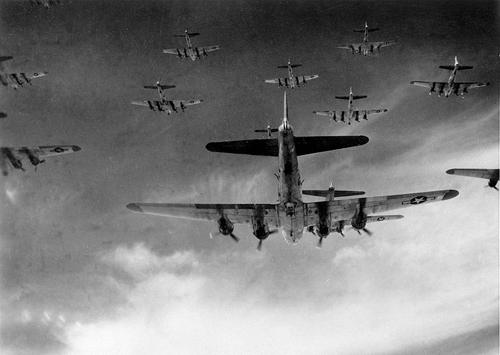Before World War II, air bombing was regarded as a form of sabotage by most countries.
Few looked at it as a strategic factor that could impact the outcome of war.
This outlook changed with the bombing campaigns of World War II.
It became clear that large-scale bombing raids against military, industrial, and even civilian targets could significantly shape how battles were fought.
On September 7, 1940, Germany began bombing London, England. The following day, the Royal Air Force (RAF) retaliated with the bombing of Berlin, Germany’s capital.
This was the beginning of a war campaign that saw the indiscriminate bombing of British and German cities.
Related Article – Instrument Proficiency Check (IPC): 4 Things You Need To Know
In 1942, British Prime Minister Winston Churchill appointed Air Vice Marshall Arthur Harris as head of Bomber Command.
Harris believed that the war against Germany could be won by the Air Force.
But without accurate navigation equipment and fighter escorts, British and Canadian bombers could only fly by night, making precision bombing almost impossible.
Instead, Harris aimed to destroy as much of Germany’s infrastructure as possible.
In 1943 alone, Harris’ bombing raids dropped 207,600 tons of explosives, targeting Germany’s most populous regions.
Likewise, Germany used its air force to advance its goals.
Aerial bombing was first used by the Germans during the invasion of Poland.
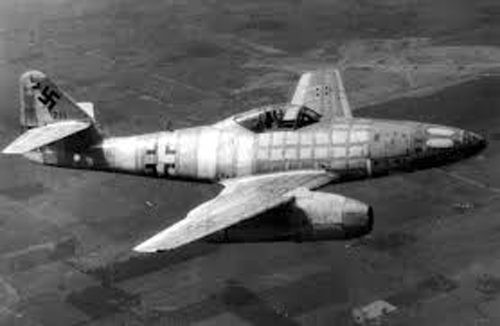
Because its bombers had been found to be vulnerable during the Spanish Civil War, engineers created gunner’s nests to protect the aircraft from attacks.
At the outbreak of the war, allied forces only had antiquated, unreliable aircraft at their disposal.
German forces preferred to destroy captured allied planes, rather than use them themselves.
Related Article – Airline Transport Pilot Certificate (ATP): 4 Things You Need To Know
However, two captured planes did see service during the war: the Dutch Fokker T VIII and the Polish PZL P-7.
The Fokker T VII was a sea plane and the PZL P-7 was capable of holding a bomb load of 7,500 lbs., or 2,588 kg.
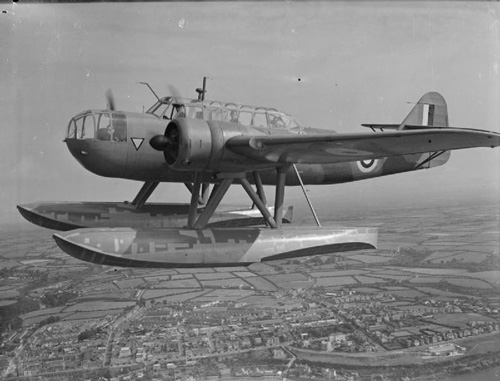
British bombers were initially ill-equipped for an extensive air war. The Fairey Battle was so vulnerable that production was halted quickly.
The Briston Blenheim MK 1 was an extremely quick passenger plane, but it made for a mediocre bomber.
The Handley Page Hampden was fast and could carry a large load, but it had no defenses, and so was used mostly for night raids towards the end of the war.
The Armstrong-Whitworth Whitley featured a large fuel tank, which cut down on refuel stops. It was used for antisubmarine patrol.
The Vickers Wellington was England’s most promising plane.
Its geodetic frame was strong yet lightweight. Overall, the British produced 11,460 Vickers Wellington during the war.
The Short Stirling became the British first four-engine bomber. Unfortunately, it performed poorly at high altitudes.
Ultimately, the Handley Page Halifax and the Avro Lancaster became the core of England’s Bomber Command.
Both relied heavily on Rolls Royce engines.
Related Article – 12 Runway Markings and Signs Explained By An Actual Pilot
In May 1941, the RAF began using the De Havilland Mosquito, which combined an advanced Merlin engine with a lightweight wooden frame.
It had a maximum flying speed of 400 miles per hour, or 643 kilometers per hour.

The Mosquito could also fly at a height of 39,000 feet, or 11.887 meters, which was higher than other fighters could go.
It became the most effective fighter plane built during the war.
A great factor of Allied success during aerial warfare was the Sperry bombsight.
Even though a Nazi sympathizer handed gave a copy of it to the German Luftwaffe, the technology behind it remained a secret, giving the Allies an edge over the Luftwaffe.
The Axis power with the largest bomber fleet and the most experience at the beginning of the war was Italy.
But Mussolini choose not to challenge his air force, and so there was no incentive to progress.
By 1942, Italy had only one model that could compete with other air forces: the four-engine Piaggio P-108B.
Japan began preparing its bomber fleet for war beginning in 1937, when it tested different models in China.
But with the exception of Admiral Yamamoto, the Japanese did not view its air force as an integral part of ground and naval warfare.
In the first year of the war, Japan relied on the Mitsubishi G3M and G4M, which proved to be vulnerable.
Related Article – 14 Taxiway Markings, Signs, and Lights Explained By An Actual Pilot
Consequently, Japan developed the Aichi D3A1 and the Kawasaki K1 48.
Both were dive bombers that performed better than the Mitsubishi planes, but they too had weak spots.
The bombers that the Japanese developed between 1942 and 1944 showed little improvement and were no match for Allied fighter planes.
Rather than build planes that could compete with the advancing Allied forces, the Japanese relied on its kamikaze corps, made up of fighter pilots who were willing to perform suicide missions.
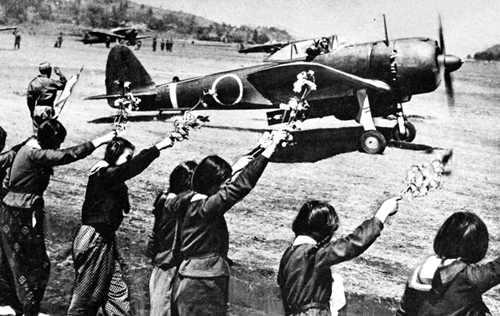
Towards the end of the war, Japan used the 852 Yokosuka MXY7s for these kamikaze missions.
The planes featured rocket engines and short air-foils, were launched from ships, and were virtually un-steerable.
In 9142, the Royal Air Force and the U.S. Army Air Forces joined forces to create the Combined Bomber Offensive.
But the two countries had different approaches. The British preferred to fly at night and used area bombing.
The Americans, whose planes were equipped with the highly accurate Norden bombsight, preferred to fly during the day and perform precision bombing.
Unlike area bombing, precision bombing kept civilian casualties to a minimum.
On August 17, 1942, the U.S. Air Force flew its first bombing mission against targets in occupied France.
There were only two American casualties, but losses overall were high during the first few months of the Combined Bomber Offensive.
Related Article – 5 Best Low Time Pilot Jobs With 250 Hours
The Air Force had no fighter planes that were able to escort its bombers all the way to Germany.
This left the bombers vulnerable to German attacks.
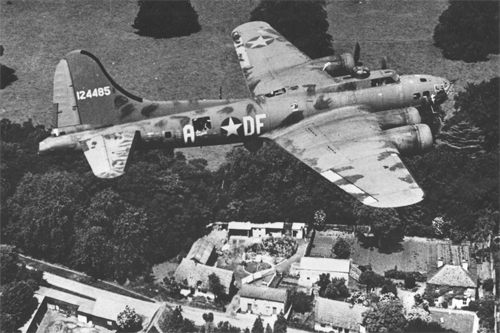
In response, General Curtis E. LeMay instructed bombers to fly in tight formations.
The situation improved when the U.S. Air Force debuted the P-51 Mustang fighter plane.
It had auxiliary gas tanks, so the planes were able to escort bombers during their entire missions.
In 1944, American industry was able to produce enough fighter and bomber planes to attack Germany in large numbers.
The aircraft and fuel production in Germany decreased significantly.
Allied bombers held air superiority over Germany during the last year of the war.
This made it easier for Allied ground troops to advance toward Germany.

